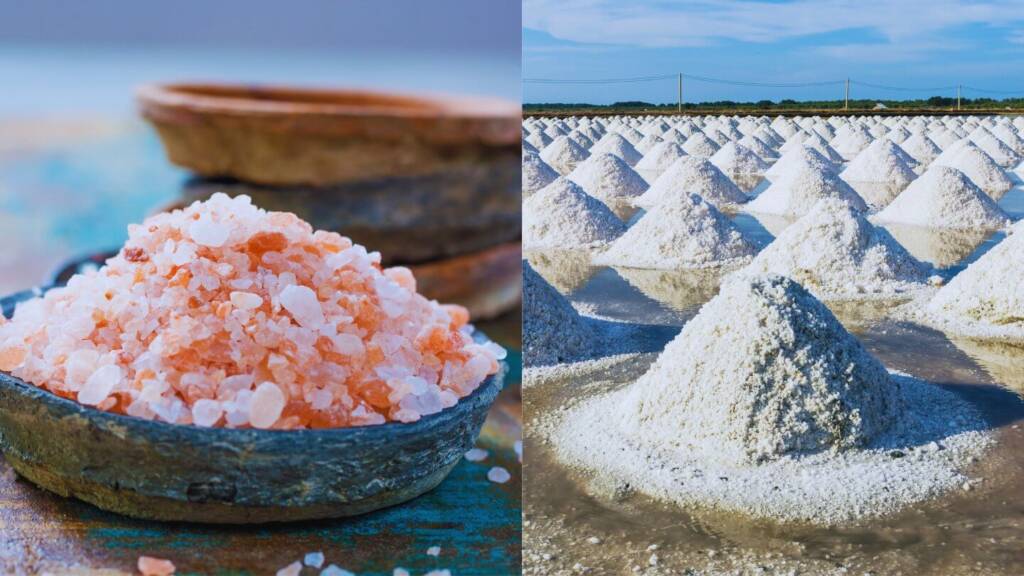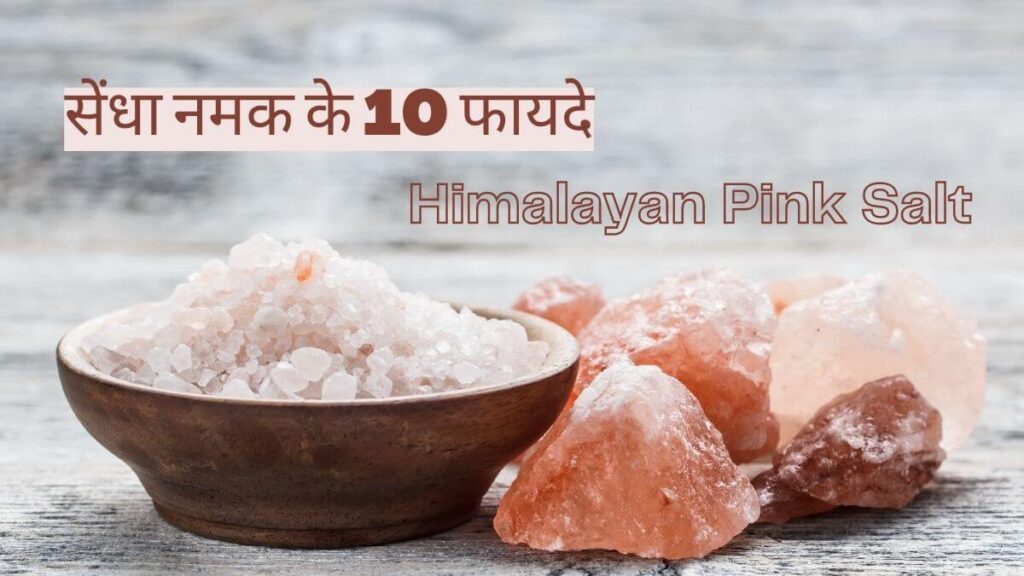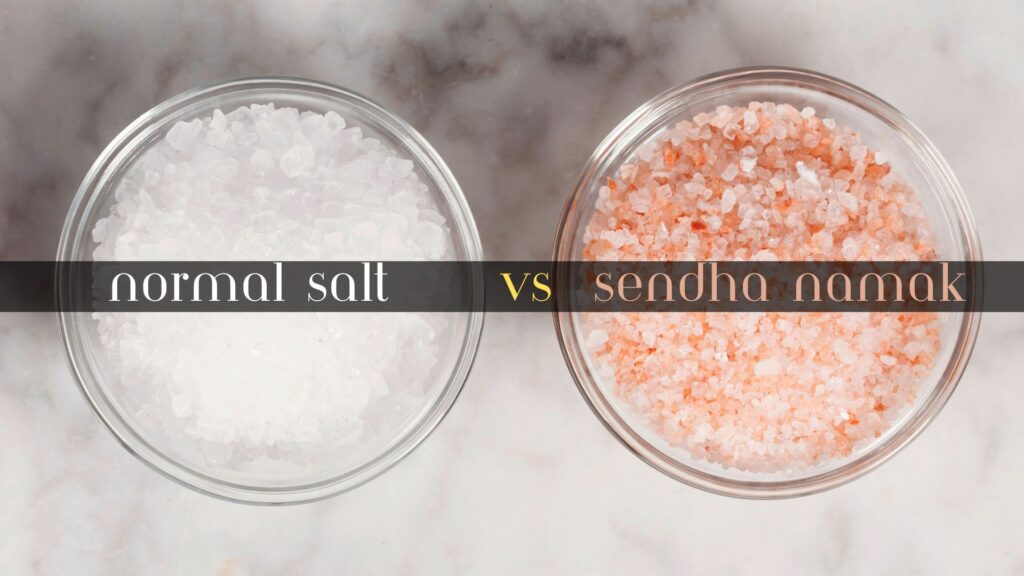Salt is an essential ingredient in our diet, but not all salts are created equal. their varieties of salt available in the market such as Table salt, rock salt, black salt, etc.
In this article, we will explore the differences between Rock salt and regular sea salt. While both types contain sodium chloride and trace minerals, there are crucial distinctions that make Rock Salt a healthier choice.
Additionally, we will discuss the issue of microplastics present in sea salt and the potential health risks associated with their consumption.
Rock Salt and Sea Salt: Main Difference
Rock Salt: A Pristine Source
Himalayan Pink Salt or Rock Salt derives its name from the Himalayan mountain range, where it is sourced. This rock salt is obtained from ancient sea deposits that existed long before human pollution.
The absence of modern-day pollution ensures that Rock Salt remains free from microplastic contamination.
Microplastics in Sea Salt
Regular sea salt, on the other hand, originates from the ocean, which is heavily polluted.
Studies have revealed that approximately 90% of tested sea salt brands contained microplastics in nano amounts. What is Microplastics?

Microplastics are small plastic particles that can have detrimental effects on human health. They can act as endocrine disruptors and contribute to inflammation within the body.
Moreover, microplastics take hundreds of years to degrade, posing long-term risks to human health.
Limiting Exposure to Microplastics
Considering the potential dangers associated with microplastics, it is advisable to minimize our exposure to them.
Unless it is specifically labeled as Celtic sea salt, which tends to be cleaner due to its source in France, regular sea salt is likely to contain microplastics.
Therefore, it is best to avoid consuming regular sea salt.
Drawbacks of Table Salt
Table salt, which is commonly consumed by a majority of the population, is another type of salt to be cautious about.
Unlike Rock Salt or sea salt, table salt lacks trace minerals and contains only sodium chloride.
Moreover, table salt is often bleached and may even contain additives like sugar or anti-caking agents such as toxic aluminum. It is crucial to be aware of these potential health risks and opt for healthier salt alternatives.
The Importance of Healthy Salt
While excessive salt intake can have negative effects on our bodies requiring a certain amount of salt for various functions.
Salt aids in the production of hydrochloric acid in the stomach, which assists in digestion and microbial control.
It also plays a vital role in supporting adrenal and immune system function.
Additionally, salt is involved in the sodium-potassium pump, which is necessary for muscle and nerve activity and overall energy levels.
Recommended Salt Intake
The appropriate amount of salt intake varies based on individual factors such as activity level and sweating.
Generally, it is recommended to consume between one and two teaspoons of salt per day.
For those following a ketogenic (keto) diet, which can cause water weight loss and electrolyte depletion, it is advisable to consume at least one teaspoon or more of salt daily.
Reducing Microplastic Exposure
Apart from choosing healthier salt options, there are a few additional measures that can be taken to minimize exposure to microplastics.
Avoiding the use of plastic bottles, especially for drinking water, and refraining from heating plastics or styrofoam in microwaves can help reduce plastic contamination.
Furthermore, maintaining a healthy gut microbiome, which includes consuming cruciferous vegetables and adequate omega-3 fatty acids, can support the breakdown and elimination of endocrine disruptors, including microplastics.
Conclusion
Finally, the choice between Rock salt and regular sea salt can have a significant impact on our health due to the presence of microplastics. Rock salt stands out as a clean alternative, free from microplastic contamination.
In contrast, regular sea salt is prone to containing microplastics, while table salt may lack essential minerals and contain potentially harmful additives.
By making informed decisions and choosing healthy salt alternatives, we can ensure the well-being of our bodies and reduce the risks associated with microplastic consumption.




